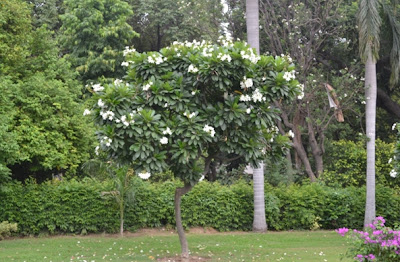Naturalist
On a hot and humid afternoon travelling on Delhi roads specially the outlets from outer circle of Connaught Place one cannot but ignore the legacy of nearly a century old beautiful lineage of Imli, Jamun, Neem, Arjun, Baheda, Peepal, Pilkhan and Sausage lined up beautifully as avenue trees on the main arterial roads leading to other parts of the city their vintage being verified from the girth they hold. Most of them enjoy the pride of place and can boast of having been mute witness to many a historical events including the emergence of a free democratic republic in 1947, enjoying all Republic Day celebrations till date , the eternal journey of Mahatma Gandhi, Pt. Nehru and others.
Around early 1970s with the increase in the density of traffic the operating portions of the existing roads needed widening cutting into the spaces hitherto marked for pedestrian track and the soil around the traditional avenue trees calling for identification of different varieties which enjoyed a comparatively smaller yet sufficient sized canopy to provide adequate shade and shelter with different flowering resulting into plating of siris, semal, gulmohaar, jarul, kosam and saptparni. Floss silk, known as ornamental varieties of trees were planted in the strategic roundabouts of the city. Jarul with its variants of purple is a classical show of divinity of nature at it’s best in the roundabout at Race Course Road.
With softening of credit regulations since early Nineties, unabated and more than ever increasing volume of vehicular traffic coupled resulted into intense proliferation of mega housing projects virtually leading to a negative imbalance despite a positive growth in terms of houses to population ratio shrinking further the land availability for providing the essential green. This has virtually lead us to planting varieties like Amalltas, Alstonia, Pilkhan, Frangipanis etc.
In a nutshell the varietal transition for the trees over the last century has correspondingly decreased the canopy size of the present generation trees to nearly one-fifth and if the trend continues unarrested, probably most of the trees by the year 2050 will be Ashoka type trees only.


